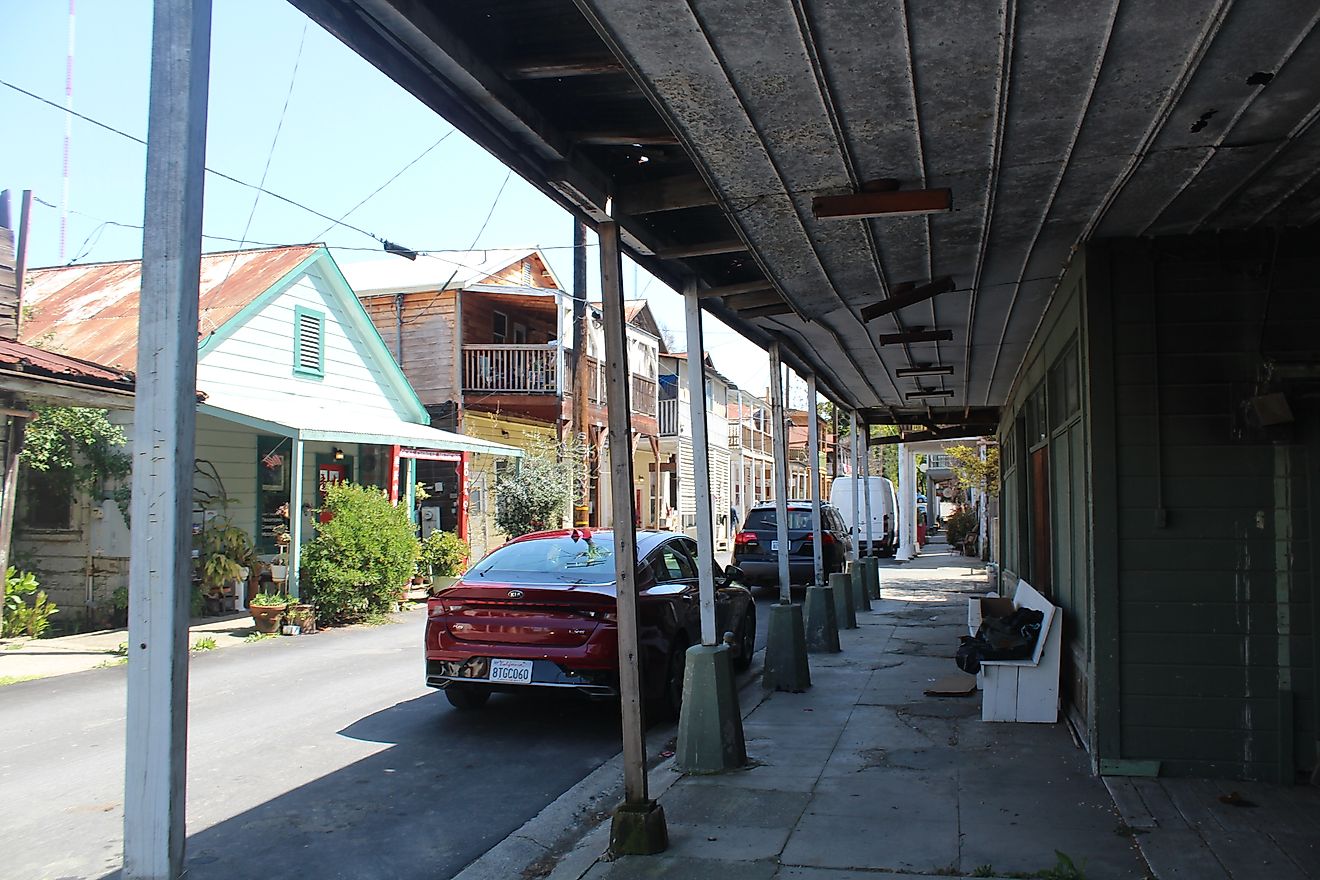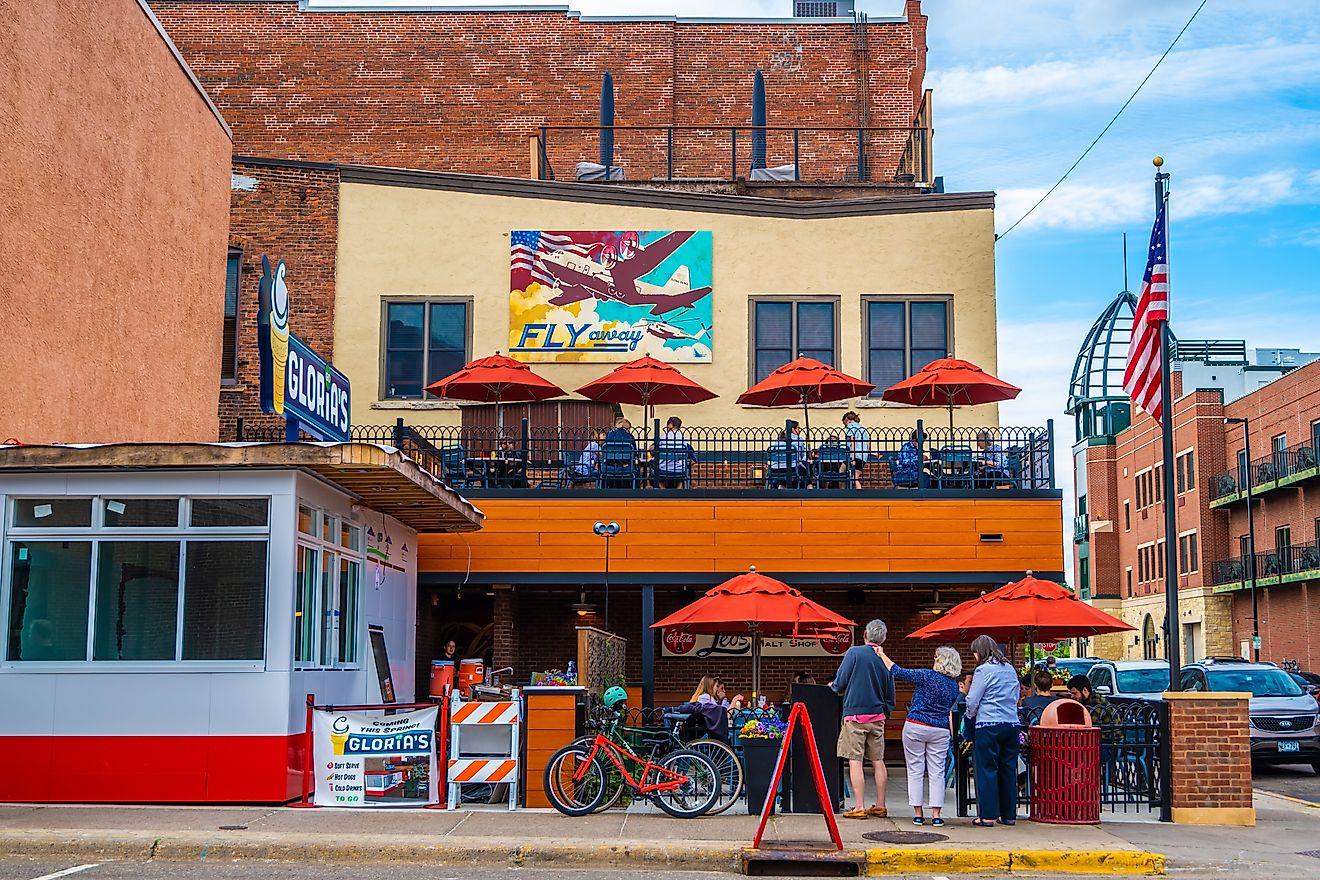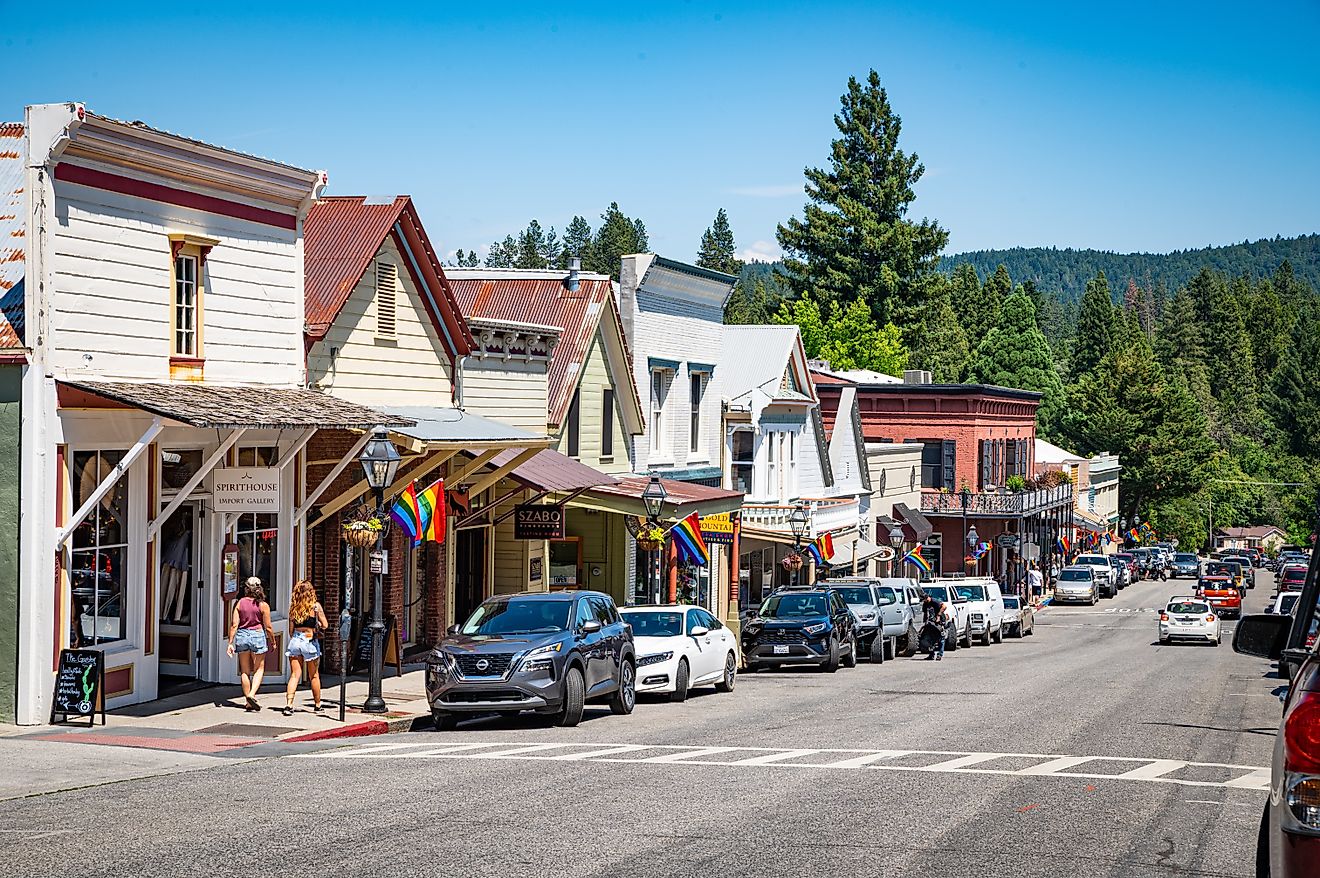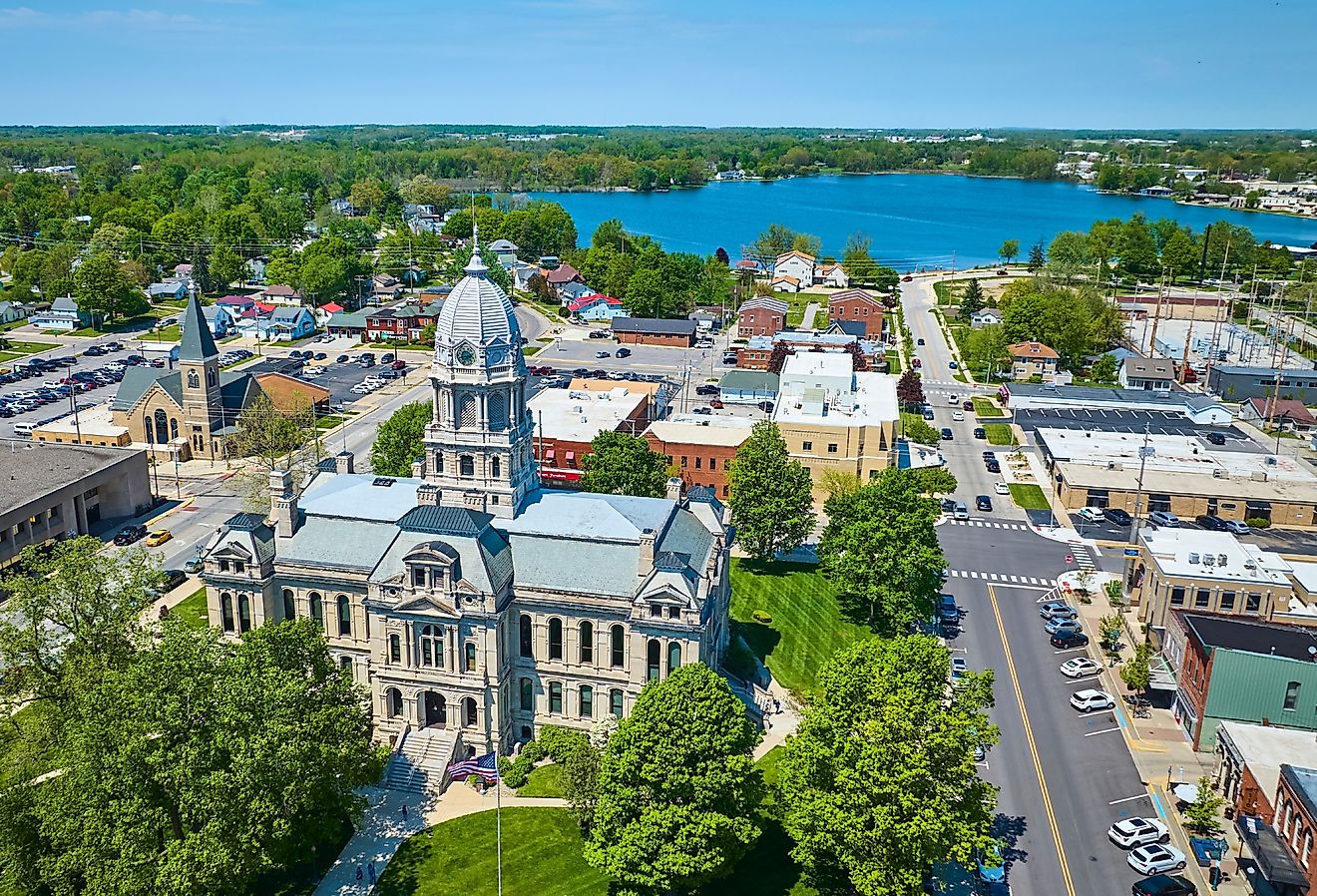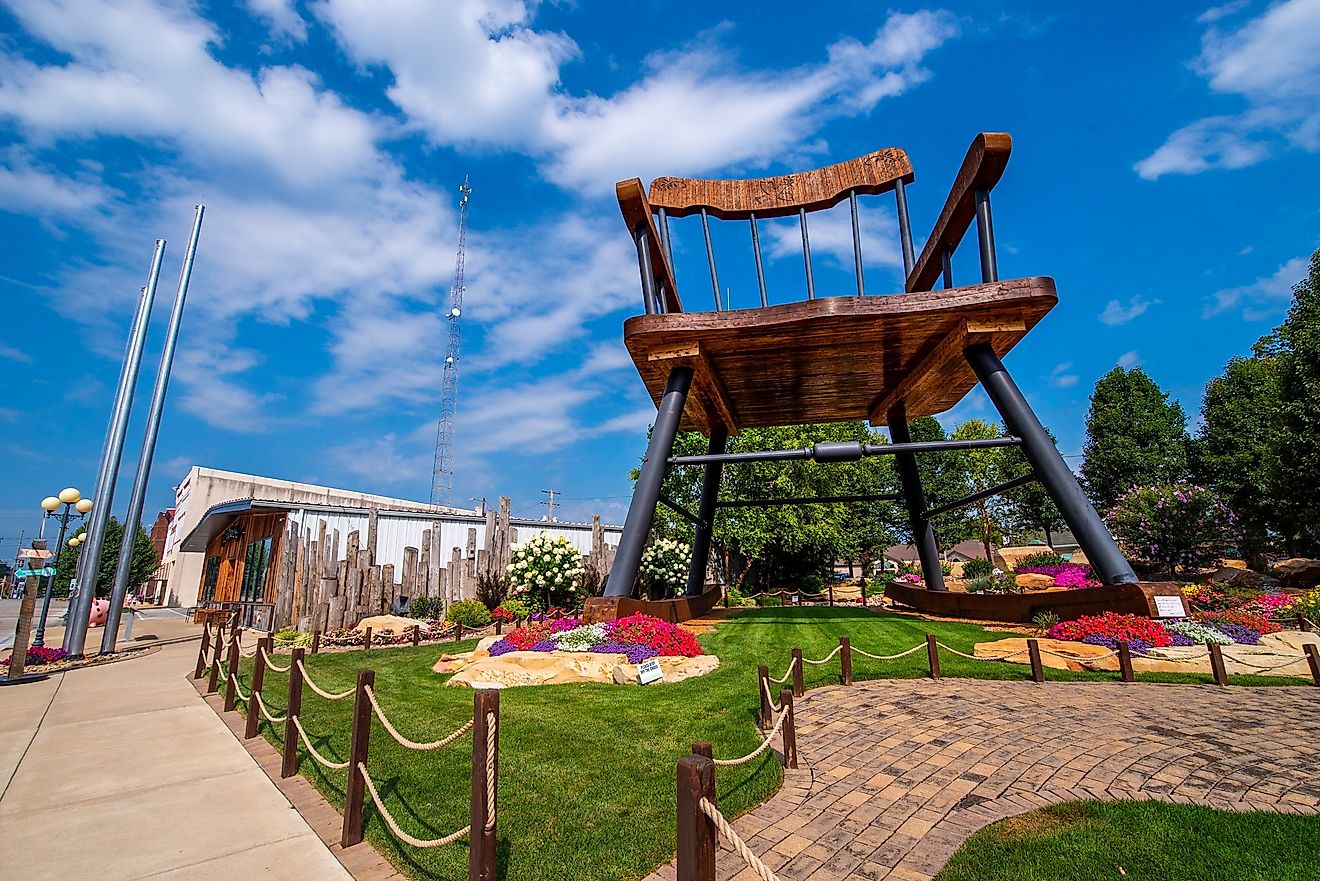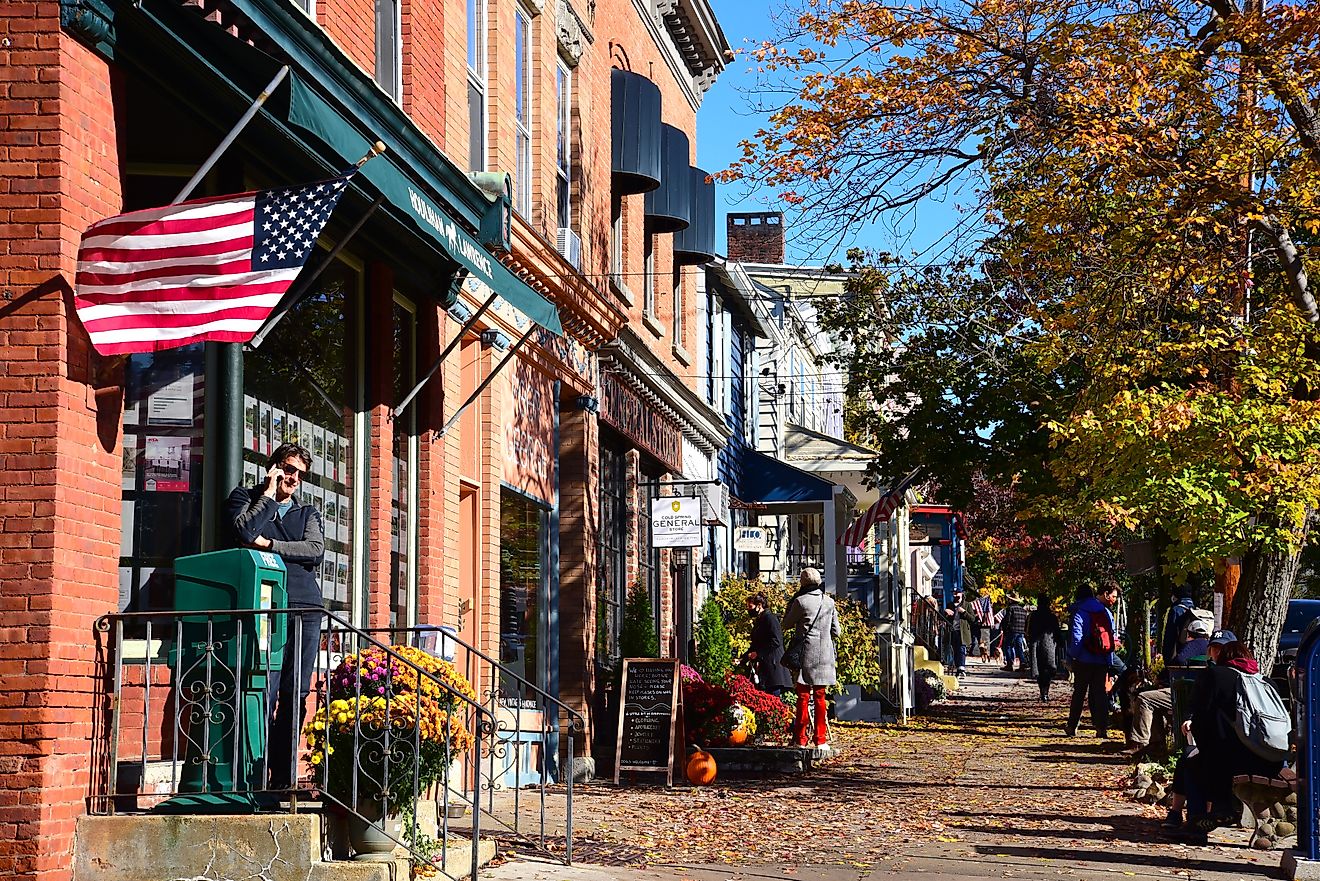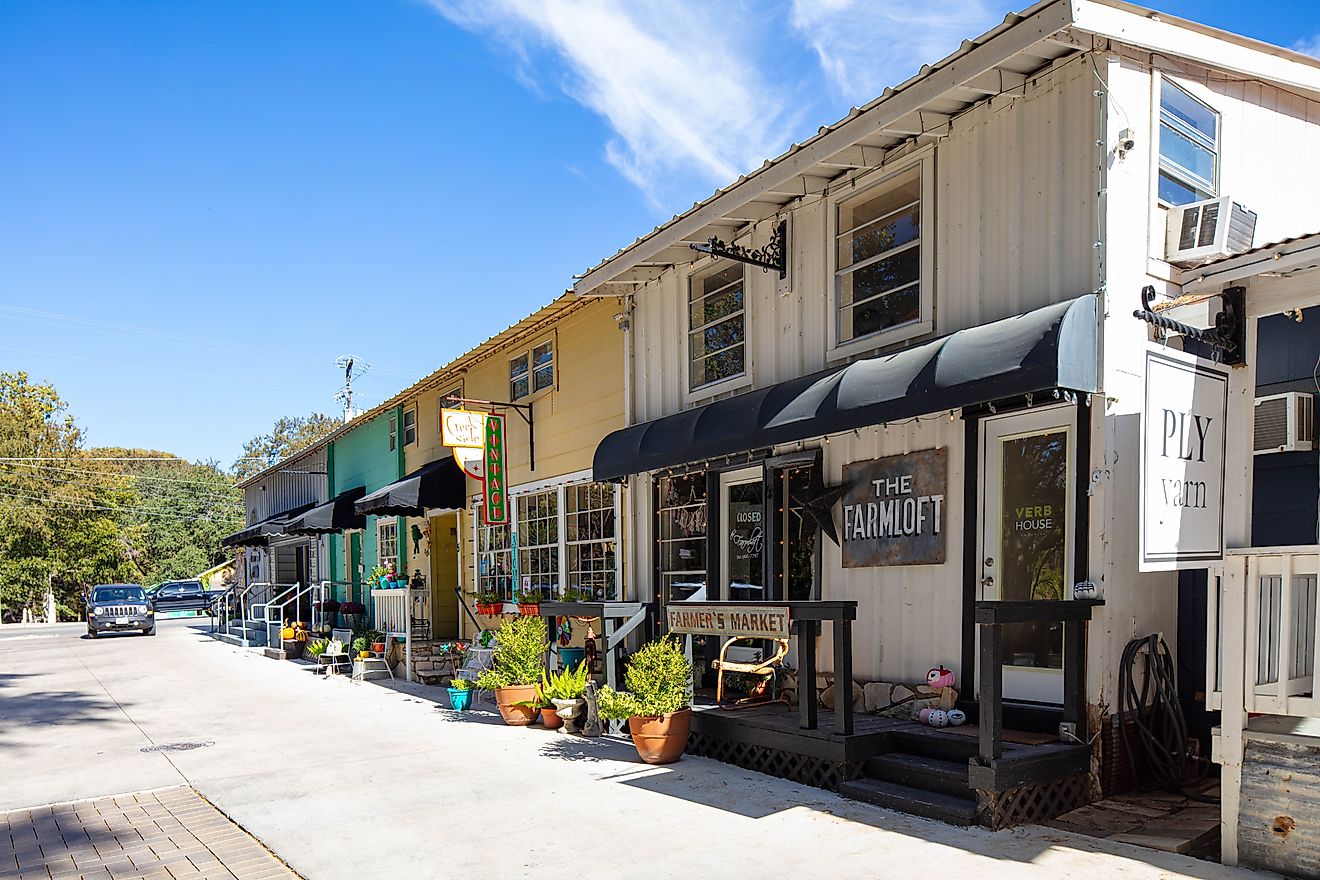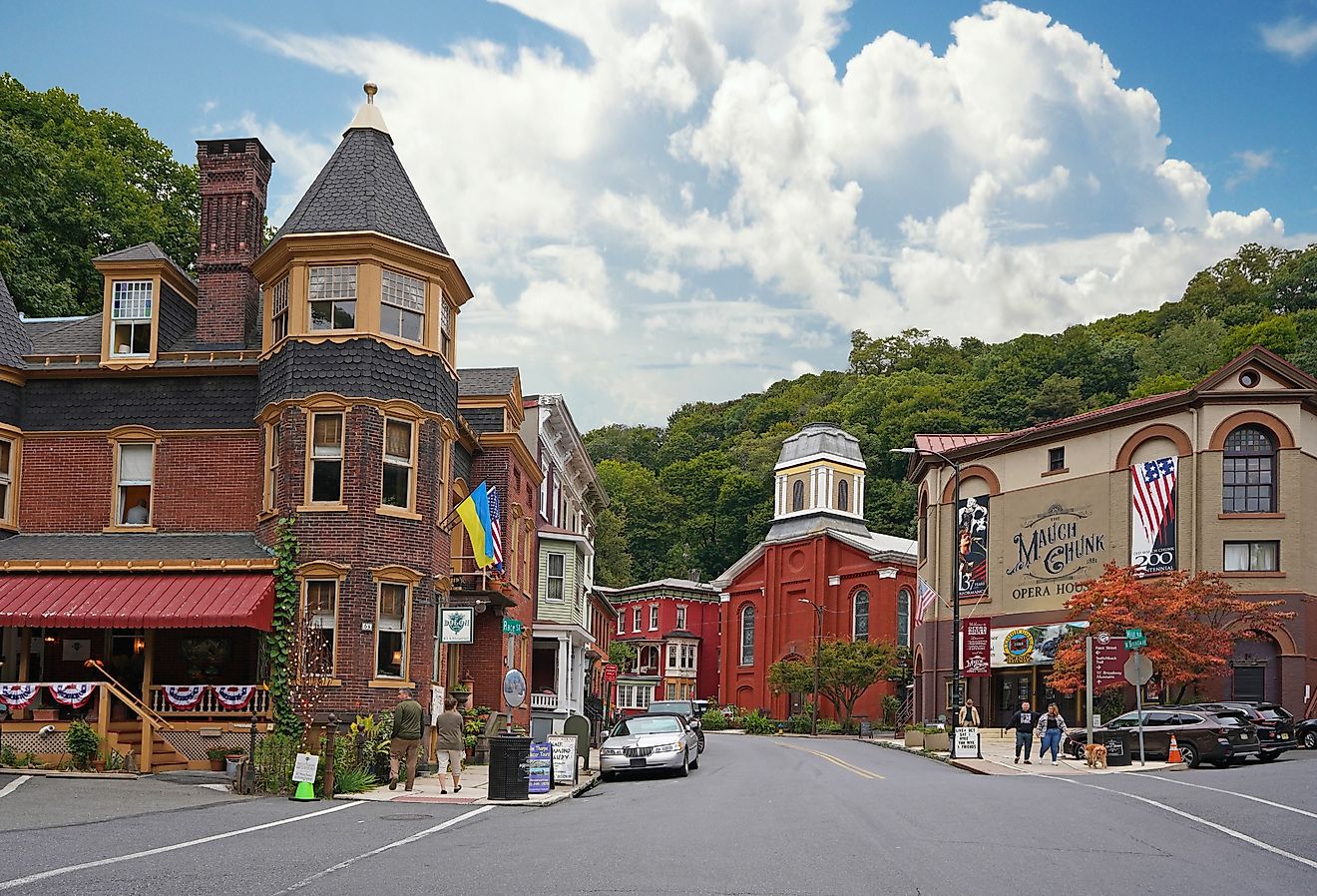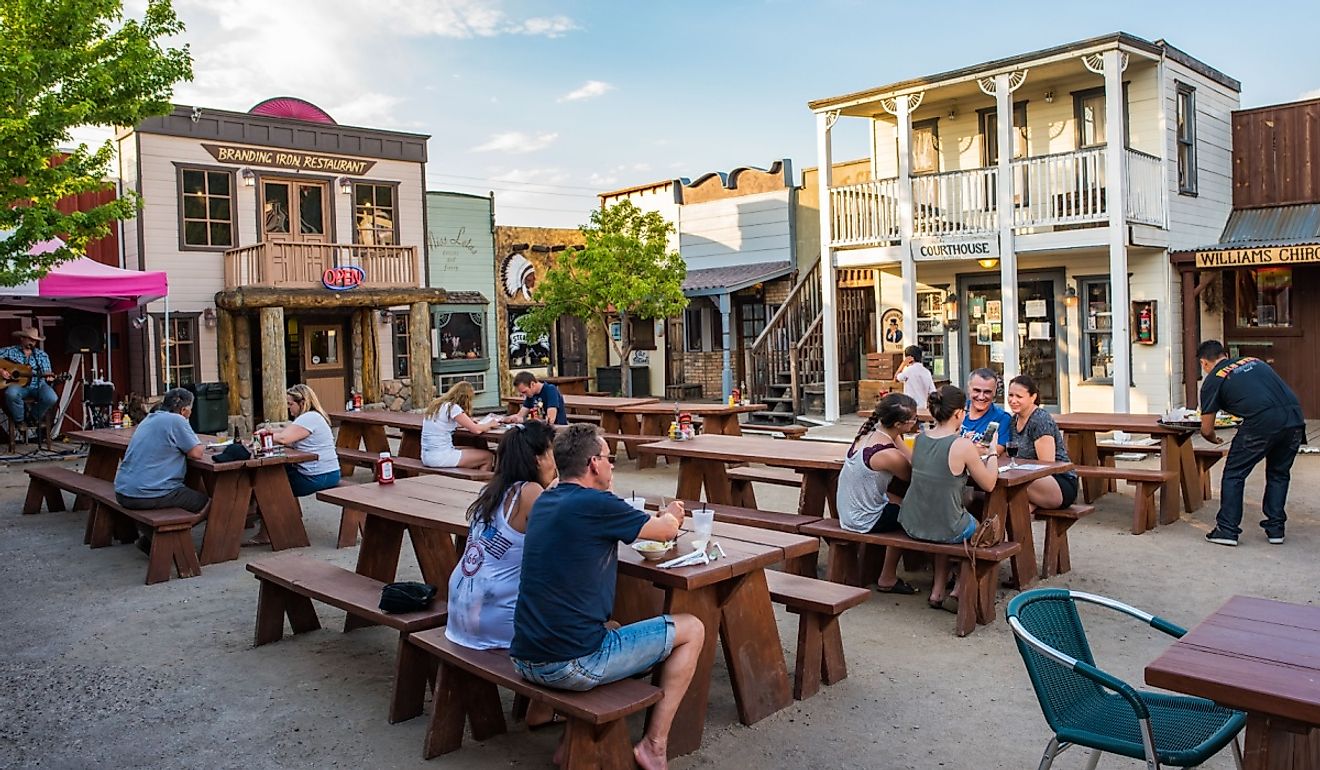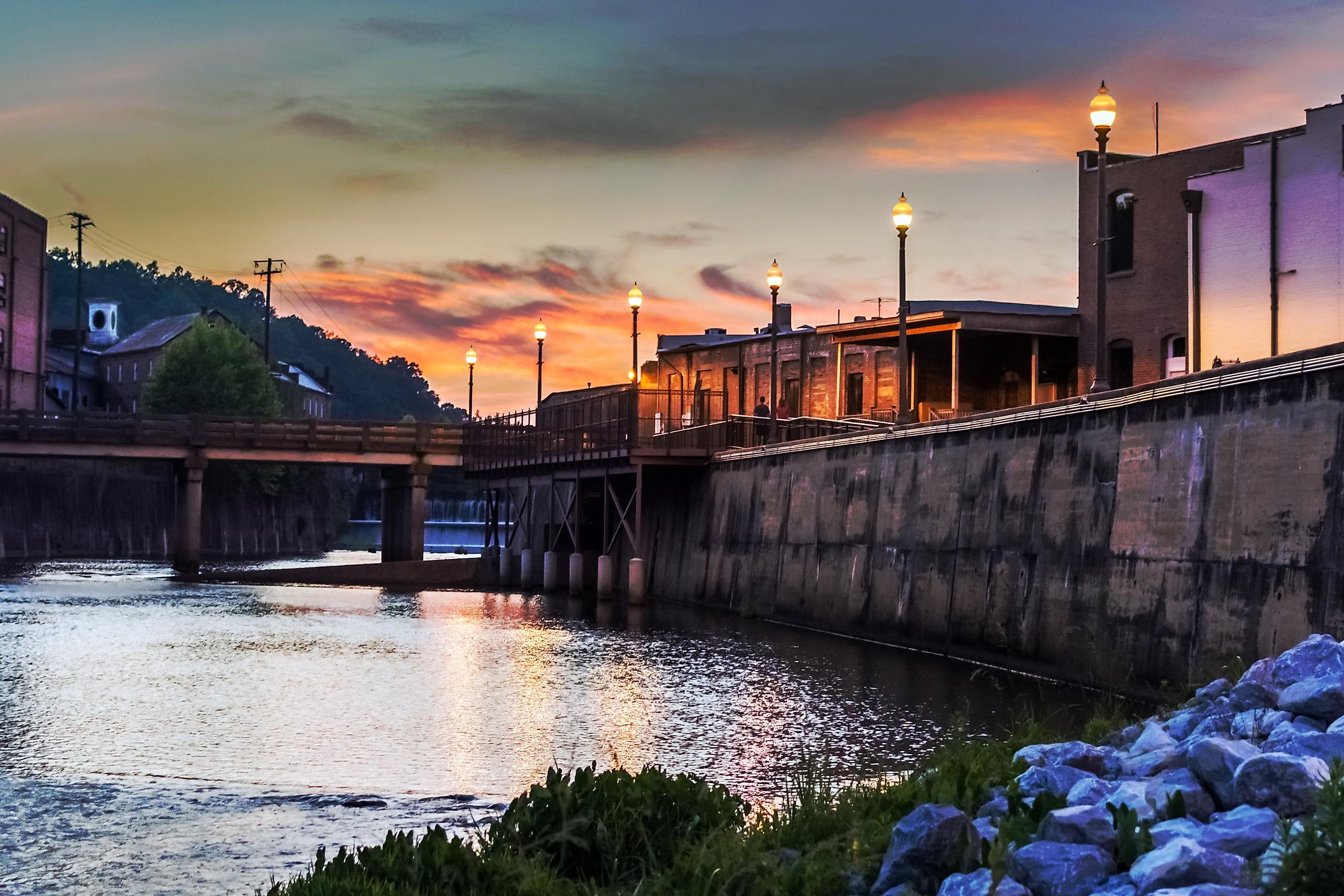
These Small Towns in Alabama Have the Best Historic Districts
A state that’s celebrated as much for its deep-rooted history as it is for its boundless Southern charm, Alabama is home to many small towns that offer fascinating insights into the state’s past. From Monroeville, the "Literary Capital of Alabama," to Eufaula, with one of the state’s largest historic districts, these small towns offer unique opportunities to explore Alabama’s rich and diverse past.
Whether you’re visiting the “Heart of Dixie” on a sightseeing day trip or an extended vacation, or perhaps even just researching the state online, be sure to use this list of small towns in Alabama with the best historic districts for ideas and inspiration.
Monroeville
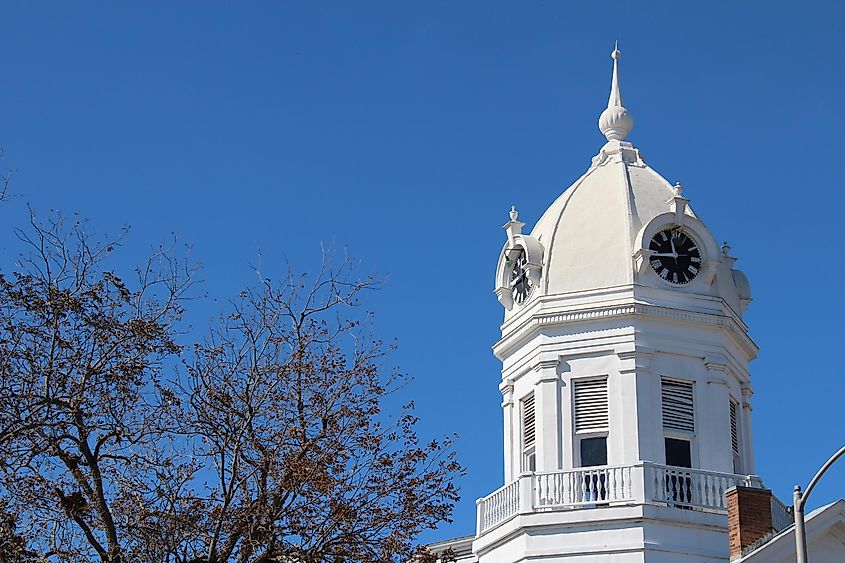
Located in an area known as “Alabama's Black Belt” for its rich dark soil, Monroeville is well-regarded as much for its literary legacy as it is for its rich history. Known as the "Literary Capital of Alabama," Monroeville's reputation stems from its association with two of America's most esteemed writers: Harper Lee and Truman Capote.
If literary history's your thing, visit the Monroe County Courthouse. Set in Monroeville’s pretty town square, the courthouse played a central role in Harper Lee's Pulitzer Prize-winning novel, To Kill a Mockingbird. Built in 1903, today it houses a museum dedicated to the novel's legacy and its author, including a faithful recreation of the courtroom described in the book.
Eufaula

Perched along the banks of the Chattahoochee River, Eufaula is a popular place to visit in Alabama for its sizable collection of antebellum architecture. Known as the "Bluff City of the South" for its picturesque river setting, the biggest concentration of important buildings can be found in the Seth Lore and Irwinton Historic District. Covering more than 700 acres, it’s among Alabama's largest and comprises over 600 contributing buildings showcasing architectural details from the 19th and early 20th centuries.
Noteworthy landmarks within this district include Shorter Mansion, built in 1884 in Greek Revival and now a museum, and Fendall Hall, a stunning Italianate mansion that’s a must-see for its intricate interior woodwork and decorative murals.
Tuscumbia

Located in the Shoals region of Northwestern Alabama, Tuscumbia is famous as the birthplace of Helen Keller. Born in a beautifully preserved white clapboard house named Ivy Green in 1880, deaf and dumb Keller is a symbol of courage for people overcoming these challenges after she ultimately became an internationally acclaimed educator, activist, and author.
Other highlights of this historic town in Alabama include the Romanesque Tuscumbia Railway Depot, constructed in the 1880s and a relic from the town’s once-booming railroad industry, and the Alabama Music Hall of Fame, which celebrates the state's deep-rooted musical heritage.
Selma
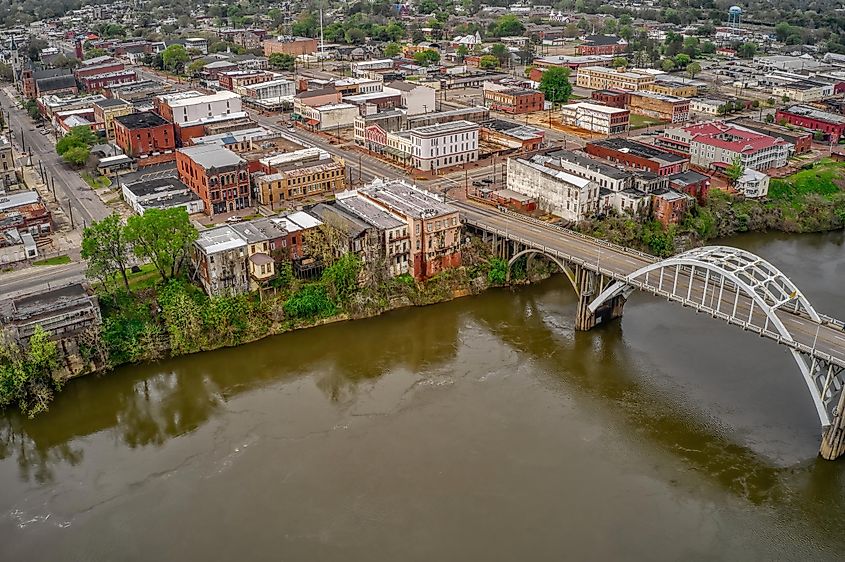
Selma likely needs a little introduction. Located on the banks of the Alabama River, this Alabama town has become synonymous with America's long and rocky road towards civil rights and justice and has been witness to some of the most pivotal moments in the country’s fight for racial equality. The most poignant reminder is undoubtedly Edmund Pettus Bridge where, on March 7, 1965, this otherwise unassuming steel bridge became the backdrop for a violent confrontation between civil rights marchers and state troopers. The images from what became known as "Bloody Sunday" became a catalyst for the Voting Rights Act.
Other important landmarks in Selma’s Historic District include the Sturdivant Hall Museum, built in 1856 in Greek Revival style and home to exhibits relating to the pre-Civil War South, and the Selma Interpretive Center, which provides perspective on the events leading up to the momentous Selma marches.
Wetumpka

Located just 15 miles north of the state capital, Montgomery, Wetumpka’s beautiful setting has become dubbed the "City of Natural Beauty.” Historic downtown highlights include the Elmore County Courthouse, an elegant Greek Revival-style building dating back to 1843, and Wetumpka Depot, a former train station that now hosts theater groups and community events.
Considered one of the best attractions in Alabama, the Wetumpka Impact Crater is one of the youngest and best-preserved impact structures on Earth and was formed over 80 million years ago by a meteorite crashing into the Earth’s surface.
Prattville

The Daniel Pratt Historic District is the name given to Prattville’s most important collection of old buildings and is a delight to explore. Situated on Autauga Creek in the downtown core, the Prattaugan Museum and Heritage Center is housed in a historic 1840s Greek Revival-style home and delves into the town's past through its artifacts and exhibits.
The Cotton Gin Mill is another must-see landmark. This imposing brick structure dates back to the 1830s and offers a fascinating insight into the history of cotton ginning and the impact of local innovations on the region's economy. Another must-do, the picturesque Autauga Creek Walk is a scenic promenade along the creek that’s perfect for a picnic.
Demopolis
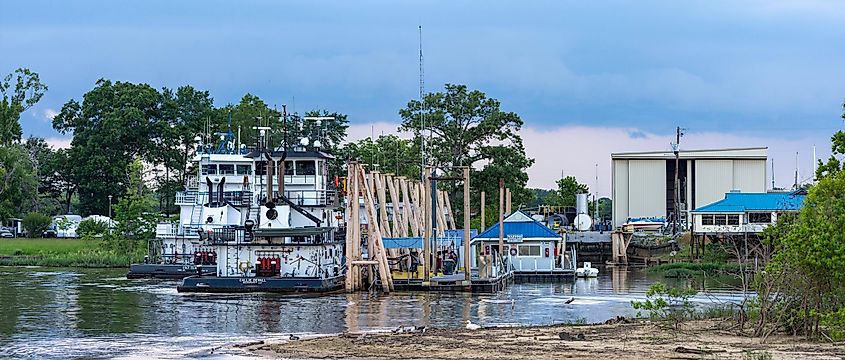
Situated on the confluence of the Tombigbee and Black Warrior Rivers in western Alabama, Demopolis was founded in 1817 by a group of French exiles after the Napoleonic wars and literally translates as the “City of the People.” Notable highlights of its historic district include the grand old Gaineswood Mansion, an antebellum masterpiece built in neoclassical style in the 1840s that can be toured.
Another prominent landmark, Bluff Hall, is an impressive Greek Revival-style mansion built in the 1830s that now houses a museum featuring displays and artifacts related to this fascinating period in Alabama’s history.
Fort Payne
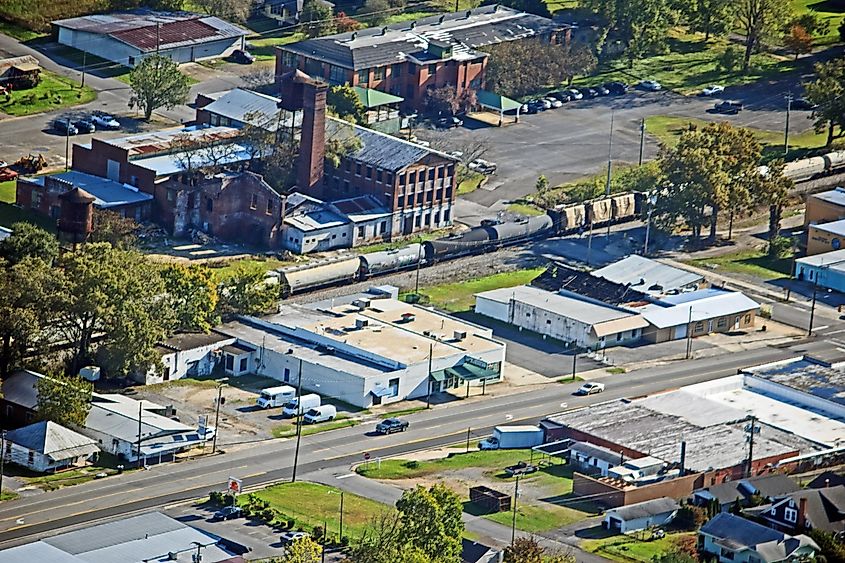
Aerial view of Fort Payne, Alabama, showcasing a mix of industrial, commercial, and residential buildings, with train carriages on the tracks and roads crisscrossing the landscape.
The Appalachian Mountains town of Fort Payne has the unusual distinction of being known as the "Official Sock Capital of the World," a title earned for its once being responsible for manufacturing around 15 percent of the world's socks. Notable historic landmarks, while not necessarily related to socks, were often the result of the wealth the industry generated. Highlights include the Fort Payne Opera House, built in the late 1800s, and the Coal and Iron Building, a beautifully restored structure that once housed the Alabama-Great Southern Railroad Depot. It now serves as a museum, offering insights into the town's industrial past, including its role in the iron and coal industries.
While not a historic landmark in the traditional sense, Little River Canyon National Preserve will interest those who enjoy the great outdoors. This natural wonder is known as the "Grand Canyon of the East" and is home to stunning scenery, including waterfalls and rugged cliffs.
The Final Word
The state of Alabama is rich in history and has many small towns with beautifully preserved historic districts that are worth exploring. Together, these unique communities offer a glimpse into their important roles not just in the development and growth of Alabama but also that of the nation as a whole.

